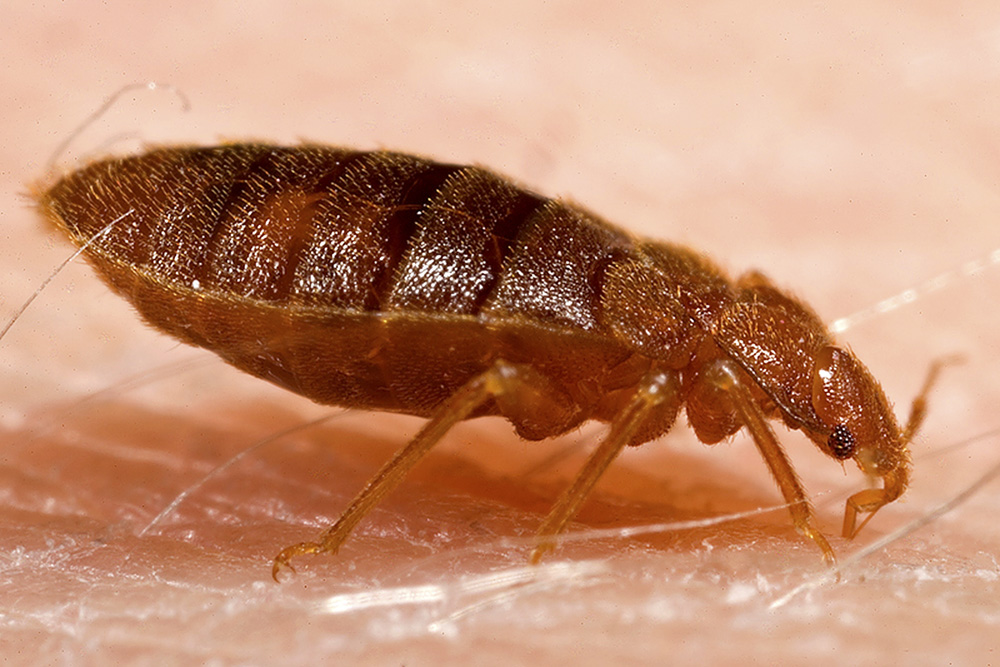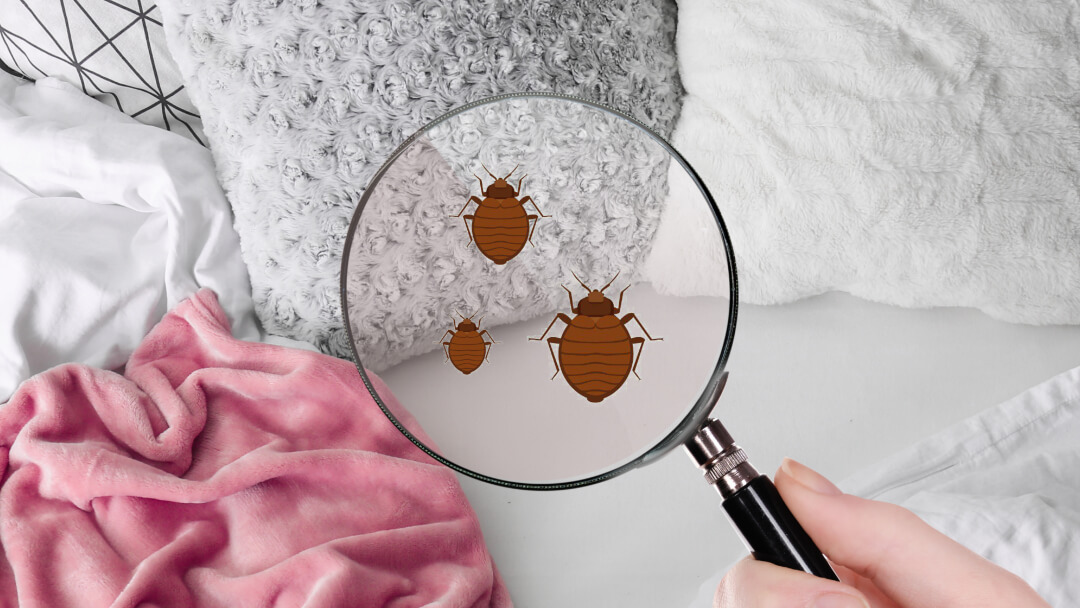Comprehensive Kings Pest Control Services Cincinnati OH
Comprehensive Kings Pest Control Services Cincinnati OH
Blog Article
Kinds Of Bug Control: Which Technique Is Right for Your Invasion?
When encountered with a pest invasion, the option of a suitable method for parasite control is important in effectively handling the circumstance. By exploring the different types of bug control approaches available, people can make enlightened choices customized to their distinct scenarios, ensuring a more efficient and lasting end result in pest removal.
Chemical Bug Control
Chemical bug control entails making use of artificial or normally acquired chemicals to manage and eradicate pest populaces successfully. This approach is commonly utilized in agriculture, forestry, and property setups to deal with a wide variety of pests, including bugs, rats, and weeds. The use of chemical pesticides can supply fast and targeted remedies to pest problems, making it a preferred selection for several people and organizations.
Among the vital benefits of chemical bug control is its capacity to promptly remove pests, minimizing the danger of damage to plants, property, and human health. By using specific chemicals that target particular parasites, this technique can effectively manage invasions while reducing harm to valuable microorganisms and the setting when applied correctly.
Nonetheless, using chemical parasite control additionally increases issues about possible negative effects on non-target species, water resources, and human health. It is important to follow safety and security guidelines, apply chemicals sensibly, and think about alternative parasite control techniques to minimize these threats and make certain sustainable parasite administration practices.
Organic Bug Control
Biological parasite control, likewise called biocontrol, uses living organisms to lower and take care of bug populations normally. This method uses the power of nature to control bugs without the need for artificial chemicals. Biocontrol can involve the intro of all-natural adversaries of the insect varieties, such as microorganisms, killers, or bloodsuckers, to reduce bug populaces. By utilizing the bug's all-natural predators or virus, biological insect control uses a eco-friendly and sustainable solution to pest administration.

Mechanical Pest Control
Utilizing manual and physical methods to take care of pest populations, mechanical parasite control uses an alternate strategy that does not count on the usage of living microorganisms or artificial chemicals. This method involves the usage of obstacles, catches, or other devices to literally discourage or eliminate insects. By blocking bug entry points or establishing catches to capture them, mechanical insect control can effectively reduce problems without presenting chemicals right into the environment.
One typical example of mechanical bug control is using mesh displays on windows and doors to stop bugs from getting in buildings. This easy yet reliable method functions as a physical obstacle, keeping insects out while enabling correct ventilation. Furthermore, gadgets like mousetraps, fly swatters, and ultrasonic repellents drop under the mechanical pest control category.
While mechanical bug control methods can be labor-intensive and need routine surveillance and upkeep, they offer a sustainable and environmentally friendly option for taking care of parasite infestations. By integrating various mechanical strategies, residential property proprietors can develop a comprehensive insect control method that lessens dependence on chemical pesticides.
Physical Parasite Control

Some typical physical pest control techniques consist of using obstacles such as nets or displays to stop parasite access, traps to record and remove bugs, and hand-picking to physically eliminate pests from plants or frameworks. Additionally, strategies like heat therapies can be made use of to manage bugs like bed bugs by raising the temperature to levels that are dangerous to the insects.
Physical bug control is specifically helpful in incorporated pest monitoring (IPM) approaches, where several bug control approaches are combined for efficient parasite management while lessening useful content the usage of chemicals. By utilizing physical bug control strategies, people can properly address insect problems with marginal ecological impact.
Integrated Insect Administration
When applying physical parasite control methods as component of pest management techniques, Integrated Pest Administration (IPM) becomes a thorough approach that leverages various techniques to efficiently manage pest populaces. IPM concentrates on long-lasting prevention of bugs with a combination of biological, social, physical, and chemical tools tailored to specific pest issues. By incorporating numerous control methods, IPM aims to reduce the risks connected with pests while also lowering dependence on chemical remedies.
One key aspect of IPM is the focus on surveillance and examining pest populaces to identify the most suitable control techniques. This positive approach enables very early intervention and targeted techniques, leading to much more efficient pest monitoring. Furthermore, IPM promotes eco-friendly methods by prioritizing non-chemical control methods and browse this site just utilizing pesticides as a last option.
Final Thought

By making use of the bug's all-natural predators or virus, biological parasite control uses a lasting and environmentally friendly solution to pest management. - Kings exterminator cincinnati
Utilizing physical and hand-operated techniques to handle insect populations, mechanical parasite control uses an alternate method that does not count on the usage of living organisms or synthetic chemicals.A reliable technique to managing parasite populaces without relying on chemical weblink or organic techniques involves the usage of physical insect control techniques.When applying physical insect control methods as component of pest monitoring techniques, Integrated Bug Administration (IPM) arises as an extensive approach that leverages different techniques to successfully control pest populaces. Chemical insect control entails the use of chemicals, biological bug control utilizes natural killers, mechanical insect control entails physical barriers, physical parasite control includes capturing or getting rid of insects, and incorporated pest administration combines several approaches for a holistic technique to pest control.
Report this page